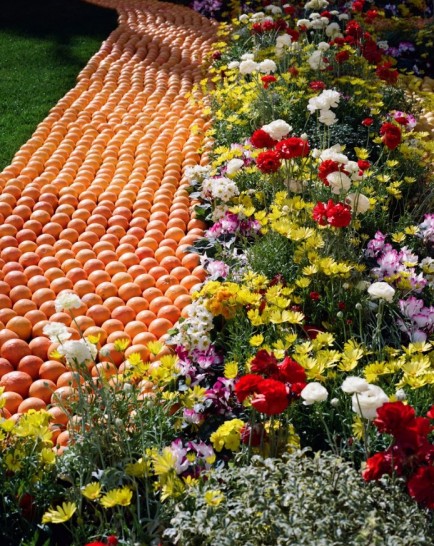Amid population growth and unprecedented urbanization, China’s rise has been enabled by its ability to build quickly and cheaply. But meeting the country’s construction demands has come at the expense of architectural identity, according to Philip Yuan, founder of the firm Archi-Union Architects.
“It’s a kind of copy and paste process,” Yuan says of the repetitive, nondescript buildings found in Chinese cities. “It’s a pity, (because by) building too fast, we lose tradition and identity of what China should be.”
Instead of producing more cookie-cutter tower blocks, the Chinese architect has been exploring experimental new approaches to construction. His techniques, which include the use of digital fabrication and robotics, could offer a new way to produce sophisticated buildings in shorter timeframes.
Take, for instance, “In Bamboo,” a wooden pavilion conceived in collaboration with bamboo weavers in Daoming, Sichuan province. The project’s design is not only architecturally distinctive, but also extraordinarily complex — and only made possible through cutting-edge technology.
Haunting virtual floods submerge cities around the world
Using computational design based on algorithms and a pair of robotic arms rigged to “cut like (the) two hands of a human being,” the figure eight-shaped building was completed in just 52 days. By Yuan’s estimates, it would have taken six to 12 months in China, or up to two years in the West, had traditional building methods been employed.
“Every column and every beam has a special angle and different height,” Yuan explains. “If you use your hand, it’s impossible to make it in such a short (period of) time because every joint is different.”
Swarm of drones illuminates the night sky
The project exemplifies the concept of “digital tectonics,” a phrase Archi-Union uses to express this new type of collaboration between human designers and machines. The term balances technologies and global methodologies with traditional cultures and local building techniques.
For “In Bamboo,” separate panels and sections were fabricated off site using local materials like timber, tiles and bamboo. They were then transported and assembled on site, helping to reduce waste and energy costs.
“In Bamboo” is an exhibition space and cultural center in Daoming, Sichuan province.
“In Bamboo” is an exhibition space and cultural center in Daoming, Sichuan province. Credit: Li Han
In the case of another Archi-Union project, the Chi She Gallery in Shanghai, a robotic arm was used to lay an intricate, rippled brick facade to a level of precision unattainable by humans.
“Although the material (brick) is traditional, we can organize the form into something new,” Yuan says of the design’s abstract geometry. “It’s a collaboration between human and machine. I can teach the robotics, and it can place it precisely.”
Featured image : Courtesy Archi Union
Original article: https://edition.cnn.com/style/article/archi-union-architects-smart-creativity/index.html



























Comments